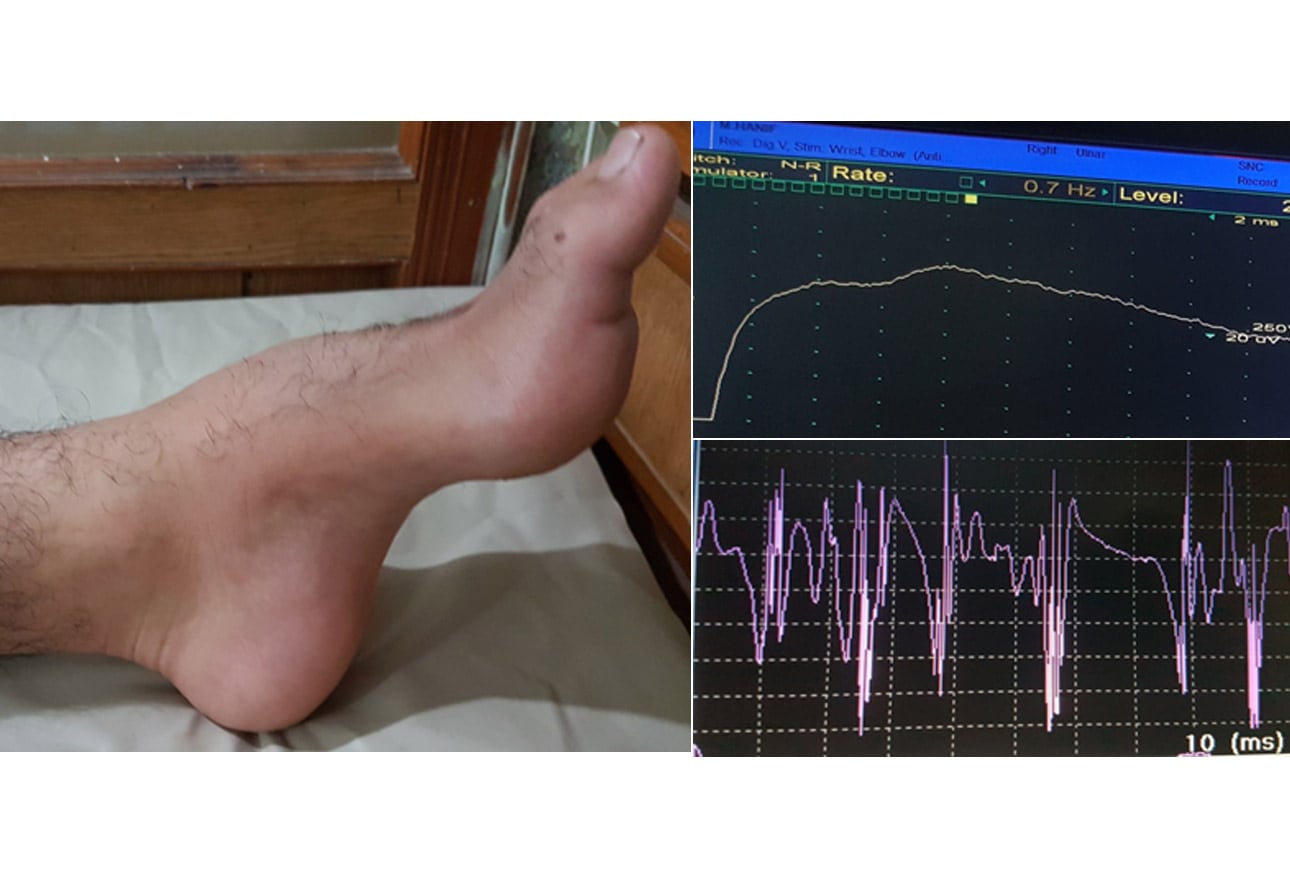
Motor Neuropathy Peripheral Dysautonomia is a complex condition affecting the peripheral nervous system, leading to muscle weakness and autonomic dysfunction. But what exactly does this mean for those living with it? Imagine your body's communication system breaking down, causing issues like irregular heartbeats, digestive problems, and muscle control difficulties. This condition can be challenging to manage, but understanding it better can make a huge difference. In this post, we'll share 25 essential facts about Motor Neuropathy Peripheral Dysautonomia, shedding light on its symptoms, causes, and treatments. Whether you're a patient, caregiver, or just curious, these insights will help you grasp the intricacies of this condition. Ready to learn more? Let's dive in!
Key Takeaways:
- Motor Neuropathy Peripheral Dysautonomia affects muscle control and autonomic functions. It causes weakness, fatigue, dizziness, and gastrointestinal issues. Treatment includes medication, therapy, lifestyle changes, and support groups.
- Ongoing research aims to understand and treat Motor Neuropathy Peripheral Dysautonomia. This includes genetic studies, new medications, stem cell therapy, clinical trials, and patient advocacy groups.
Understanding Motor Neuropathy Peripheral Dysautonomia
Motor Neuropathy Peripheral Dysautonomia is a complex condition affecting the peripheral nervous system. It involves both motor neuropathy, which impacts muscle control, and dysautonomia, which affects autonomic functions like heart rate and digestion. Here are some intriguing facts about this condition.
-
Motor neuropathy primarily affects the nerves responsible for muscle movement, leading to weakness and muscle atrophy.
-
Dysautonomia involves the autonomic nervous system, which controls involuntary functions such as heart rate, blood pressure, and digestion.
-
Peripheral neuropathy refers to damage to the peripheral nerves, which can cause pain, numbness, and tingling in the extremities.
-
Symptoms of motor neuropathy peripheral dysautonomia can vary widely, including muscle weakness, fatigue, dizziness, and gastrointestinal issues.
-
Causes of this condition can include diabetes, autoimmune diseases, infections, and genetic disorders.
Symptoms and Diagnosis
Recognizing the symptoms early can lead to better management of the condition. Diagnosis often involves a combination of clinical evaluation and specialized tests.
-
Muscle weakness is a common symptom, often starting in the hands and feet before progressing to other areas.
-
Fatigue can be severe, affecting daily activities and overall quality of life.
-
Dizziness and fainting spells may occur due to blood pressure regulation issues.
-
Gastrointestinal problems such as constipation, diarrhea, and bloating are frequent due to autonomic dysfunction.
-
Nerve conduction studies and electromyography (EMG) are often used to diagnose motor neuropathy by measuring electrical activity in muscles.
Treatment Options
While there is no cure, various treatments can help manage symptoms and improve quality of life.
-
Medications such as pain relievers, anticonvulsants, and antidepressants can help manage nerve pain.
-
Physical therapy is crucial for maintaining muscle strength and mobility.
-
Occupational therapy can assist individuals in adapting to daily activities and maintaining independence.
-
Lifestyle changes like a balanced diet, regular exercise, and stress management can improve overall health and symptom management.
-
Support groups provide emotional support and practical advice from others experiencing similar challenges.
Living with the Condition
Adapting to life with motor neuropathy peripheral dysautonomia involves ongoing management and support.
-
Regular monitoring by healthcare professionals is essential to adjust treatments and manage symptoms effectively.
-
Assistive devices such as braces, canes, or wheelchairs may be necessary to aid mobility.
-
Dietary adjustments can help manage gastrointestinal symptoms, with a focus on fiber-rich foods and adequate hydration.
-
Hydration is particularly important to prevent dizziness and fainting due to blood pressure issues.
-
Mental health support is vital, as chronic conditions can lead to anxiety and depression.
Research and Future Directions
Ongoing research aims to better understand and treat motor neuropathy peripheral dysautonomia.
-
Genetic studies are exploring the hereditary aspects of the condition to identify potential genetic markers.
-
New medications are being developed to target specific symptoms and underlying causes of the condition.
-
Stem cell therapy is an emerging area of research with potential for regenerating damaged nerves.
-
Clinical trials offer opportunities for patients to access cutting-edge treatments and contribute to scientific knowledge.
-
Patient advocacy groups play a crucial role in raising awareness, funding research, and supporting those affected by the condition.
Final Thoughts on Motor Neuropathy Peripheral Dysautonomia
Motor Neuropathy Peripheral Dysautonomia affects many people worldwide, causing significant challenges in daily life. Understanding symptoms like muscle weakness, numbness, and autonomic dysfunction can help in early diagnosis and management. Treatments range from medications to lifestyle changes, aiming to improve quality of life. Regular check-ups and a healthy lifestyle play crucial roles in managing this condition. Awareness and education about this disorder can lead to better support and resources for those affected. By staying informed and proactive, individuals can navigate the complexities of this condition more effectively. Remember, knowledge is power when dealing with health issues. Stay curious, stay informed, and take control of your health journey.
Frequently Asked Questions
Was this page helpful?
Our commitment to delivering trustworthy and engaging content is at the heart of what we do. Each fact on our site is contributed by real users like you, bringing a wealth of diverse insights and information. To ensure the highest standards of accuracy and reliability, our dedicated editors meticulously review each submission. This process guarantees that the facts we share are not only fascinating but also credible. Trust in our commitment to quality and authenticity as you explore and learn with us.
